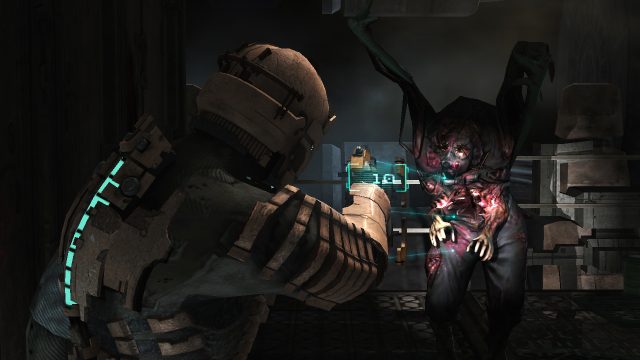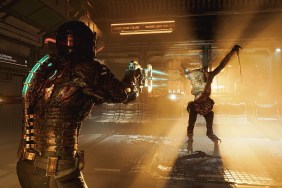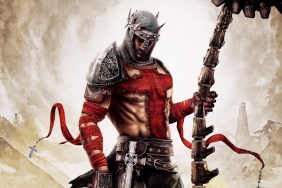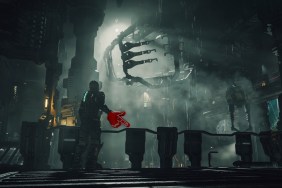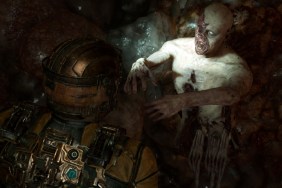Something’s stirring in the vent. Panicked, I force Isaac Clarke – protagonist of critically-acclaimed horror game Dead Space – to spin around in circles to locate the source of the terrifying sound. Behind me, a grotesque creature bursts forth from the wall and slashes at Isaac’s back. Disoriented and frightened, I lose all semblance of control and fire my plasma cutter wildly in the hope of hurting my foe.
Dead Space’s iconic necromorphs had a knack for placing players permanently on edge. The zombie-esque threats have now been part of video game culture for a decade, and the fear they created was down to one key design factor. In order to learn more about the idea behind the necromorphs ahead of Dead Space‘s tenth anniversary, I sat down with the original Dead Space‘s production designer and Dead Space 3 creative director, Ben Wanat.
Dead Space Turns 10 – Environmental Design Plays its Part
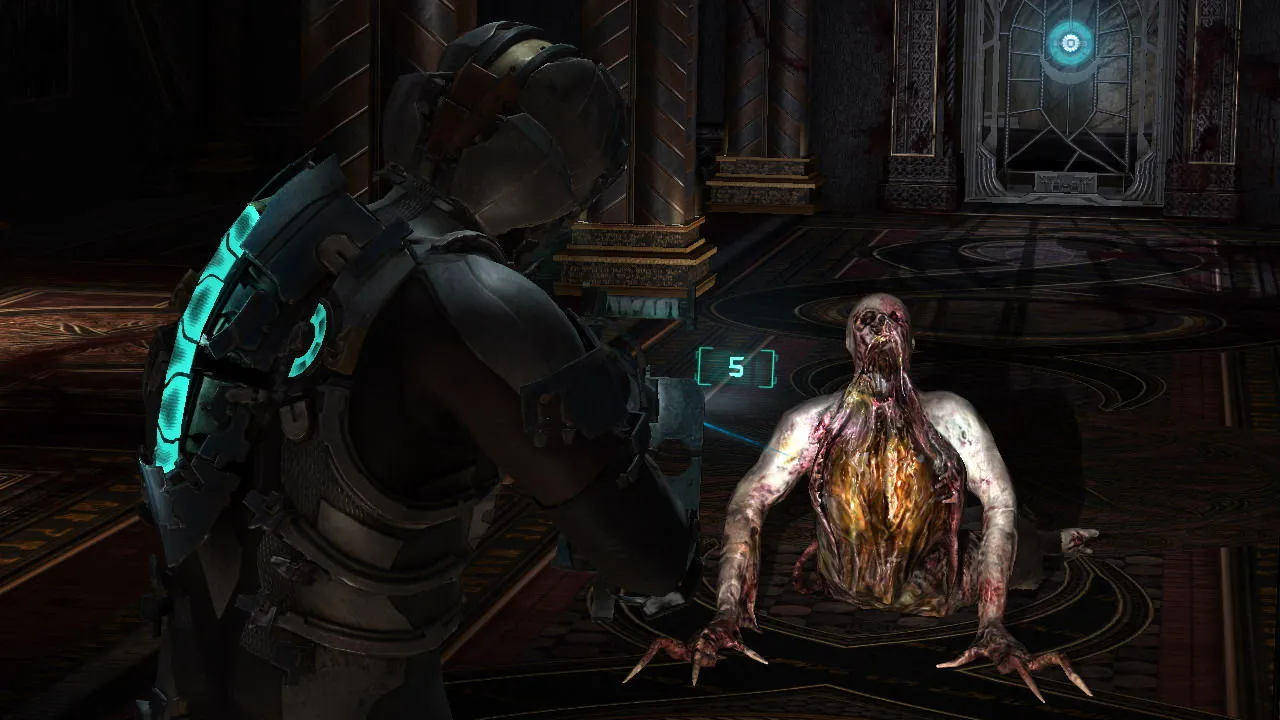
“The goal wasn’t to create things that were gross, but it was important players feel revulsion,” Dead Space 3’s ex-creative director Ben Wanat told me. “It was important that there was something chilling about them – enough glimmer of their former human self that you could fear the same thing happening to you.”
Dead Space was heralded as a masterpiece upon its release on October 13, 2008, and plenty of that praise was down to the necromorphs. The game’s deserted space station setting – the USG Ishimura – allowed Dead Space’s now-defunct developer EA Redwood Shores, who were rebranded to Visceral Games in 2009, to build different environments to drop their horrifying creatures into, but plenty of work was required to marry the two.
The design process for both posed unique challenges to the development team. The variety of necromorph forms – from the iconic slasher and skittish leaper, to the baby-like lurker and juggernaut brute – necessitated diverse settings and locations, and these in turn caused the 3D necromorph models to constantly need redefining over time.
“Enemies like the lurkers needed flat walls to path along,” Wanat continued. “Slashers needed to be able to pass around one another to get at the player. Leapers presented a low, horizontal target so they took up a significant amount of space on the floor. Enemies needed to be able to pass through doorways. All of this put restrictions on just how tight we could make the corridors and we had to find ways of making the spaces feel more claustrophobic than they really were.”
Dead Space Turns 10 – The Solutions to the Problems
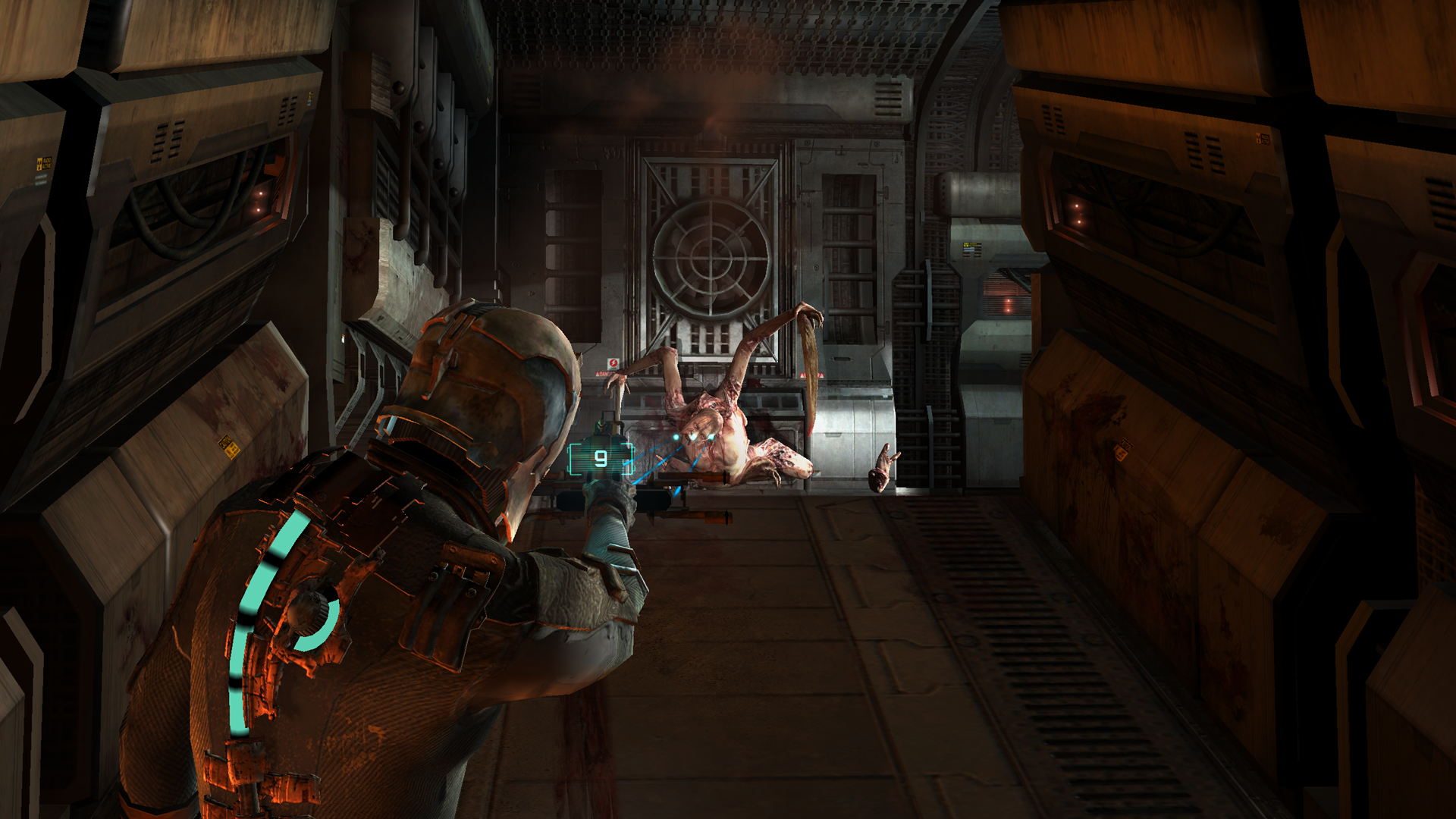
One way to circumnavigate the problems posed by the environment was the incorporation of a vent system. The Ishimura’s ventilation shafts provided an extra route for the necromorphs to jump scare players and ensure that no place was safe to stop and get your breath back.
“I don’t remember exactly how the vent mechanic originated,” Wanat revealed. “But it became an important part of the AI to be able to retreat and reroute without us needing to build additional space in the level to accommodate that. It was also very convenient fiction for ‘monster closets.’ It was definitely our goal to make the act of passing by a vent a terrifying experience for players.”
The vent system, coupled with the different types of environment on board, didn’t solve every head scratcher though. Wanat bemoaned the decision to leave some necromorph forms on the cutting room floor, and explained how one particular enemy type was a wrench to discard.
“One that plagued us for the entire production was the flier,” he said. “We started that enemy very early to be a threat in zero-g spaces. We even had a playable version in our original Xbox test bed that would fly around and crawl on the walls once you had disabled its wings. But by the time we circled back around to making the real implementation, we determined there were just too many issues with it to make a satisfying version for the shipping game.”
Dead Space Turns 10 – Cut Off Their Limbs
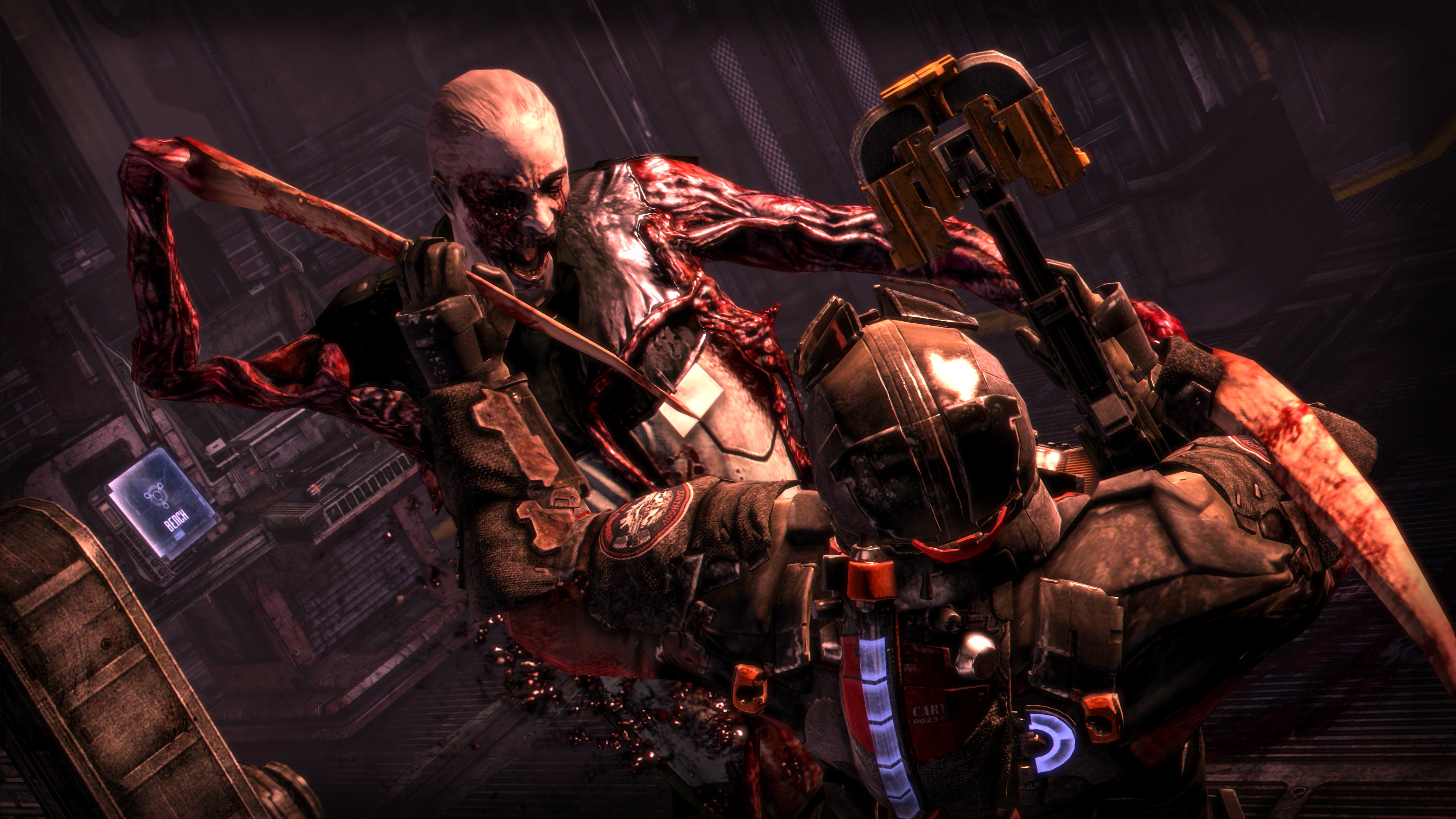
A staple of Dead Space‘s gameplay was the franchise’s implementation of what the team refers to as ‘strategic limb dismemberment.’ Key to seeing off the necromorph threat is chopping off their limbs – arms, legs, head, and other protruding features – to halt their numbers. Wanat said that this unique mechanic was something that was considered from the off, and he wanted players to look at each enemy type as a brain teaser.
“We had identified strategic dismemberment as a core idea very early on so it was always an informing element to the concepts,” he stated. “The reason the slashers have long arms that extend above their head it to create dismemberment opportunities. We thought of each enemy’s dismemberment as a puzzle. If you shoot the legs the slasher will present a different challenge than if you shoot off the arms or even the head.”
Dead Space Turns 10 – There’s No ‘I’ in Fungi
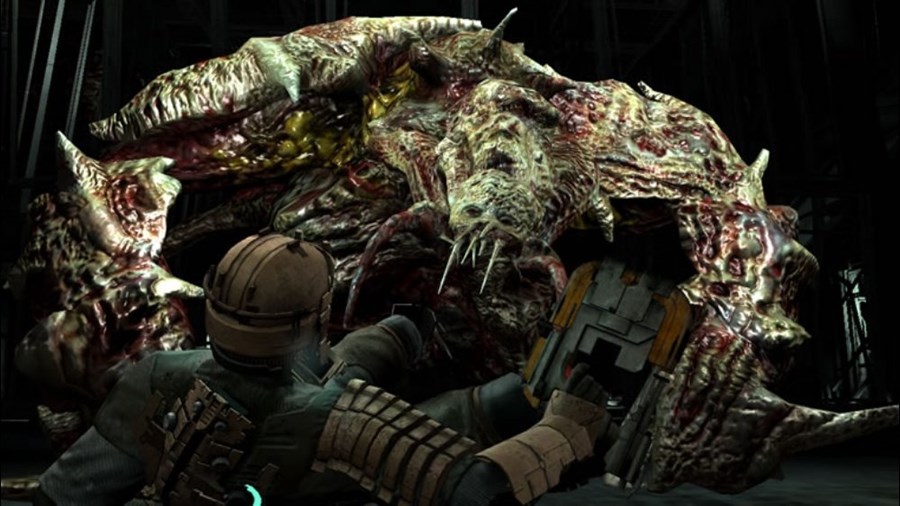
Away from freeing up the necromorphs’ movement around the Ishimura, the artistic direction on the distorted enemies required its own inspiration. Production on the necromorphs’ basic structures began in January 2006, and it took 18 months before Wanat and his team were happy with the final editions of each. It may have been laborious, but Wanat insisted that time frame was needed to refine their designs.
“We knew pretty early on what the enemy archetypes would be from a design perspective and within the first two to three months of concept we had our first slasher and leaper concepts,” he revealed. “The look of those early slashers made it into the shipping game but later iterations became more human-looking. As the project matured, the look continued to evolve. We had our initial designs but we needed variants for the slashers. With each one, I tried to come up with new ways to use the existing rig that allowed each design to feel unique. We also made a late change to scale down the leaper so he could more easily navigate the spaces. That meant redesigning from what had been a fairly large creature composed of multiple bodies to a smaller, simpler design that was just the upper half of a single human body.”
Many would expect that the idea for the necromorphs would be born from zombie culture. Whilst this did play a part in their aesthetic – the Resident Evil franchise and 1982 flick The Thing were major influences – Wanat revealed that it was fungi that had the biggest impact on the design process.
“I found mycology influential,” he said. “Fungi are just horrific, both in appearance and how they spread. It’s the basis for the corruption and something I leaned into when I needed something organic and otherworldly. Structurally, fungus is very interesting in that what you see on the surface is really just a small part of a much bigger, sometimes vast, network of strands. So in Dead Space, when you first see the corruption, it’s sending out these organic strands – sparse at first. But when you follow it or get dragged down into it, you end up deep in the connected network. This relationship continues on a galactic scale in Dead Space. What might seem like an isolated Necromorph outbreak is just a symptom of what is really a much bigger, galaxy-spanning network taking over anything and everything it comes across.”
Dead Space Turns 10 – Necromorphs No More
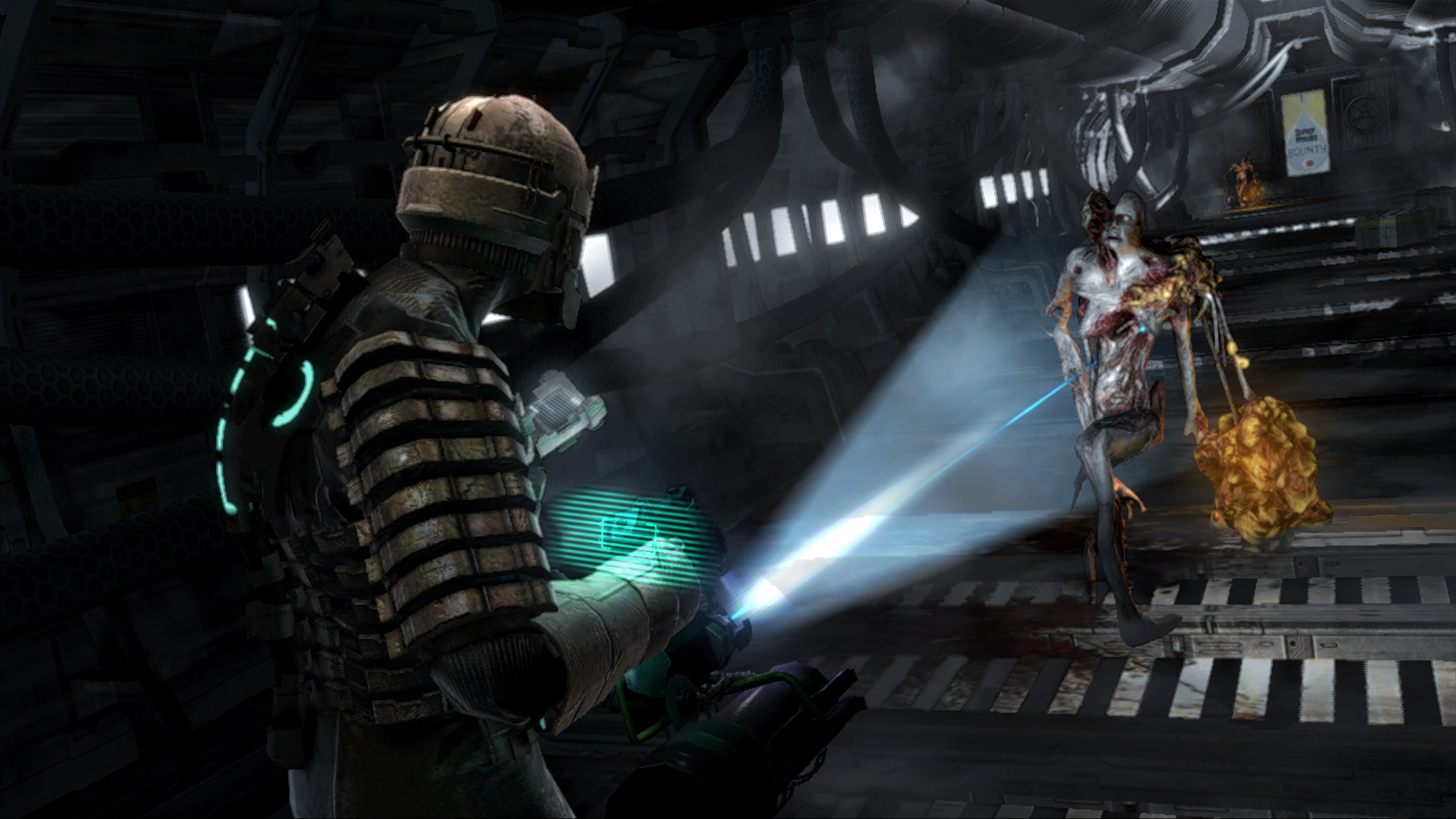
Dead Space’s sequels may not have lived up to the success of the first game, but the franchise’s necromorphs were always on hand to provide a jump scare or seven. It’s something of a disappointment that the series is seemingly on hold indefinitely due to the poor sales of Dead Space 3 – a factor that resulted in EA mothballing its developer. Wanat and his team, though, provided a new threat that gave players nightmares and, 10 years on from its initial release, Dead Space continues to inspire other survival horror games.
“I’m very proud to have worked on Dead Space,” Wanat added. “It was an amazing experience and something that all of us who worked on it feel lucky to have been a part of.”
